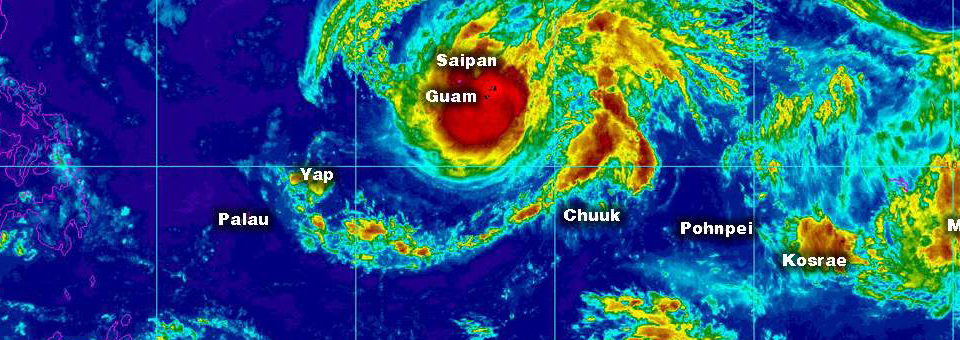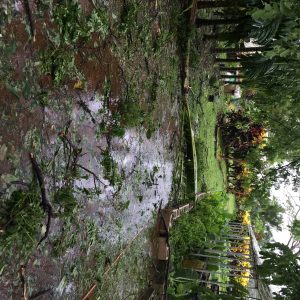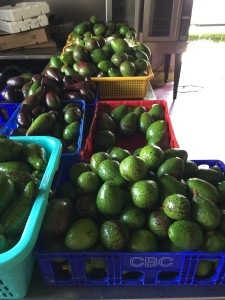
By Gadi Dreyfuss
Pre-Storm
Once you hear of a storm headed towards the island, no matter the size, you should take all precautionary measures to prepare your farm or field as much as you can. Storms often come with strong winds, so firstly, it is important to gather all of the loose items around your farm and put them in a sheltered place. If there are things you cannot collect, but could potentially fly away, do your best to tie them down to the ground. Next, you’re going to want to harvest everything that you possibly can, even if it is slightly premature. This is so, like other things on the farm, they won’t fly away during the storm. If there are plants or trees you know won’t make it, cut them down or pull them up and add to your compost area. If you don’t have one, this is a great opportunity to create a pile. Make sure you secure it, as some items may be prone to fly away easily. Lastly, make sure to take lots of pictures. It is important to have pictures of the farm in order to document what damage the farm weathered during the storm. There’s not much else you can do, so stay indoors, stay safe and know you did all you could to prepare your plants for the storm to come. Tie down compost area and cut down trees to add to mpost pile, be cautious, it may fly away secure. Keep it controlled.
1. Gather loose things / tie everything down
2. Harvest everything
3. Compost area
4. Take pictures
Post-Storm
 After the storm, and after it is safe to go outside, take a walk around the farm and assess the damage — what’s down? What is still standing? Is anything damaged? Like you did before the storm as well, make sure to take lots of photos, especially if there is anything that was damaged. You can compare these photos with your pre-storm photos and can also use them for your insurance should you need to. Next, because salt water is not healthy for your plants, try and wash the plants’ leaves with fresh water. This will remove any salt water that may have flown onto the plants from the ocean. If you see any fallen plants or plants that need support, make sure to tie them to a metal bar, trellis or some sturdy structure lest they fall apart on the ground. After you’ve assessed the damage, taken photos, washed the plants with fresh water and supported all the fallen plants, now you can start to clean up the debris. You can put much of the fallen limbs and leaves into your compost pile to use in the future.
After the storm, and after it is safe to go outside, take a walk around the farm and assess the damage — what’s down? What is still standing? Is anything damaged? Like you did before the storm as well, make sure to take lots of photos, especially if there is anything that was damaged. You can compare these photos with your pre-storm photos and can also use them for your insurance should you need to. Next, because salt water is not healthy for your plants, try and wash the plants’ leaves with fresh water. This will remove any salt water that may have flown onto the plants from the ocean. If you see any fallen plants or plants that need support, make sure to tie them to a metal bar, trellis or some sturdy structure lest they fall apart on the ground. After you’ve assessed the damage, taken photos, washed the plants with fresh water and supported all the fallen plants, now you can start to clean up the debris. You can put much of the fallen limbs and leaves into your compost pile to use in the future.
1. Assess damage
2. Take pictures
3. Wash all plants with fresh water
4. Give fallen plants support
5. Start to clean up
Ultimately, it is important to remember that even small pre-storm preparation could save you substantially after it hits. Stay indoors until the storm fully passes and rest assured knowing you’ve done all you can to prepare your farm. Make sure you talk to Department of Agriculture and USDA to see if you qualify for crop insurance or financial assistance.

